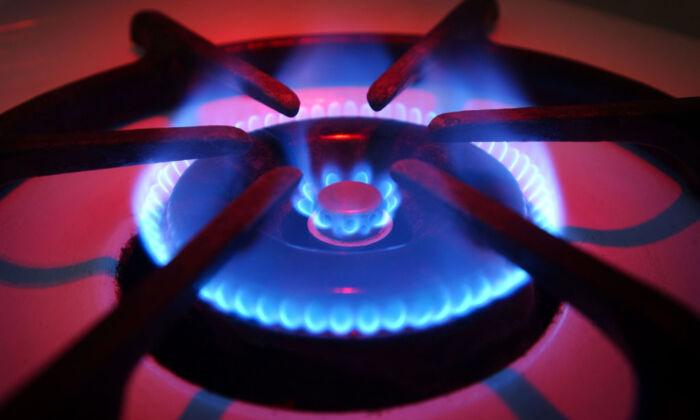Many Californians will see their next utility bill decrease by up to $120, after the state’s Public Utilities Commission voted last week to accelerate the rollout of its annual so-called “climate credit.”
A credit of $90 to $120 will automatically show up as soon as possible on the bills of residential customers who receive both gas and electricity from the Pacific Gas and Electric Company, Southern California Edison, San Diego Gas & Electric, and the Southern California Gas Company, according to the state agency.
Customers of the Bear Valley, Liberty, PacifiCorp, and Southwest Gas—which serve southern and northern California—will also receive a credit, according to the agency, though an amount was not specified.
This year’s utility bill relief totals $1.3 billion, according to officials.

The “climate credit” comes from a state program, launched in 2013, which requires power plants, oil and gas facilities, and similar industries to buy permits—from auctions managed by the California Air Resources Board—based on the amount of carbon dioxide they emit.
Residential customers’ credit on their electricity bills “represents their share of the payments from the state’s program,” according to the agency.
Typically, these credits are distributed in April. But state utilities officials voted 5–0 Feb. 2 to accelerate the timing for disbursements.
This comes as millions of Californians witnessed their gas utility bills skyrocket in the past month amid colder temperatures and increased demand for heating, among other factors.
Southern California Gas Company, which serves about 5.9 million households and businesses, warned customers to expect “shockingly high” January bills that could be 128 percent higher compared to December.

Newsom also sent a letter the same day to the Federal Energy Regulatory Commission to immediately investigate the recent price spike in the state and establish whether they may be linked to market manipulation or anti-competitive behavior, among other reasons.
But California Gas and Electric Utilities, a group of providers—including Southern California Gas, Pacific Gas and Electric, and San Diego Gas & Electric, among others—have their theory.





